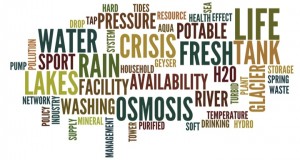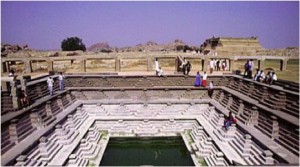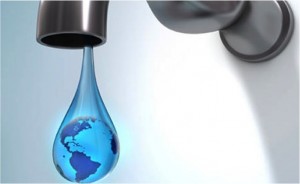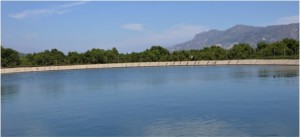Water and Sustainability – Obscure? Technical? Overwhelming?
As a common citizen with no technical background in water and environmental sustainability areas – how was I to understand, digest and further take action on the huge and overwhelming problems surrounding us? All these BIG problems related to Water and Sustainability! Water and it’s related problems are ubiquitous. Water is all around usand yet, water is not totally benign. It feels like the day of reckoning – where the effects of all past mistakes and misdeeds catch up!
As an example – some questions constantly come up: If we have water but our neighbors don’t, what can happen? Can we truly be water secure as a community? Inside community walls? And if the sewage around you is not treated and discharged into storm water drains and the rajakaluves – straight out into the lake, seeping into the ground, then are you really safe? Will that not come back to haunt you soon enough? And then, you see that lake frothing over each time you pass by it – and related stench and dirty outflow into the fields.

I did feel overwhelmed by the enormity of it all – and it all seemed too technical and too obscure. Somewhat like this!
I decided to do something about it. I applied to the subject of water – some skills from the corporate world. Initial due diligence helped form a mental picture– no judgments made, just information gathering. Then you start to look at the numbers and timelines and trends and barriers and drivers – assessing it like an approachable market. You dig deeper – figuring out the entire model – from start to finish – and the related industries and products and adjacencies and the whole landscape. Then you seek out experts and consultants and research–with years of experience in the space, only to validate your understanding. You then articulate it – as one would do about a product. And so you create a framework! – and a Model cant be too far behind.
So here it is – the G C T model for Water Sustainability. When done correctly, this model leads to results.
![]()

G for Generation of Water – This is about creating a clean, sustainable source of water. This is nothing new – a Byzantine city used stone structures as condensers, depositing moisture from air to a basin,which connected to wells.
Ancient temples in India were never built without tanks – Kalyanis – they have always caught rainwater. Guess rainwater was considered holy water! Generation includes ground recharging at different levels, rainwater harvesting and many such efforts.
C for Conservation of Water – This teaches you to treat water as a precious resource!

It is simply about using gadgets at home which reduce water consumption by 30 – 40% just by being there. In most countries, plumbing already has these checks in place. There is a little denial involved – very little change in lifestyle. A culture shift! Also – it is about using various sources of water in tandem with each other to achieve effectiveness in conservation – including potable/ drinking water, grey water and black water.
Finally – T stands for Treatment and Safety of Water – This completes the cycle. Treatment can actually result in generation – G – and that is how it completes the cycle!

Water Treatment gives you adequate methods to ensure that water is safe for consumption, but doing it in a responsible way. Treatment also includes sewage treatment and similar techniques which ensure use of every drop of water is used to it’s utmost limit and actually allowing a community to create a ‘zero waste’ environment. Really? YES – Really!
Staytuned – we will tell you some success stories next!
Kiran Khanna
